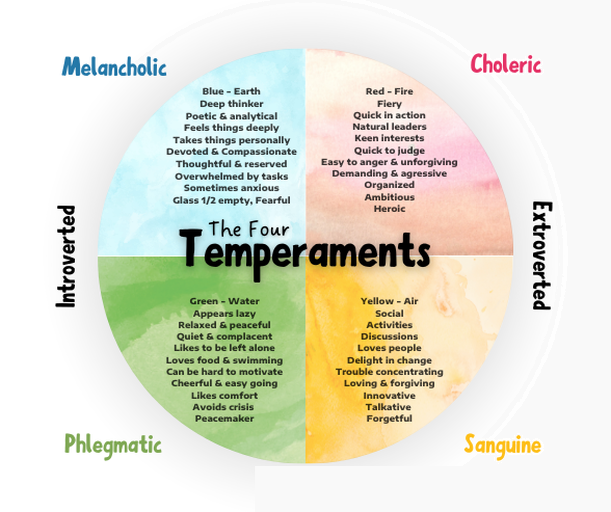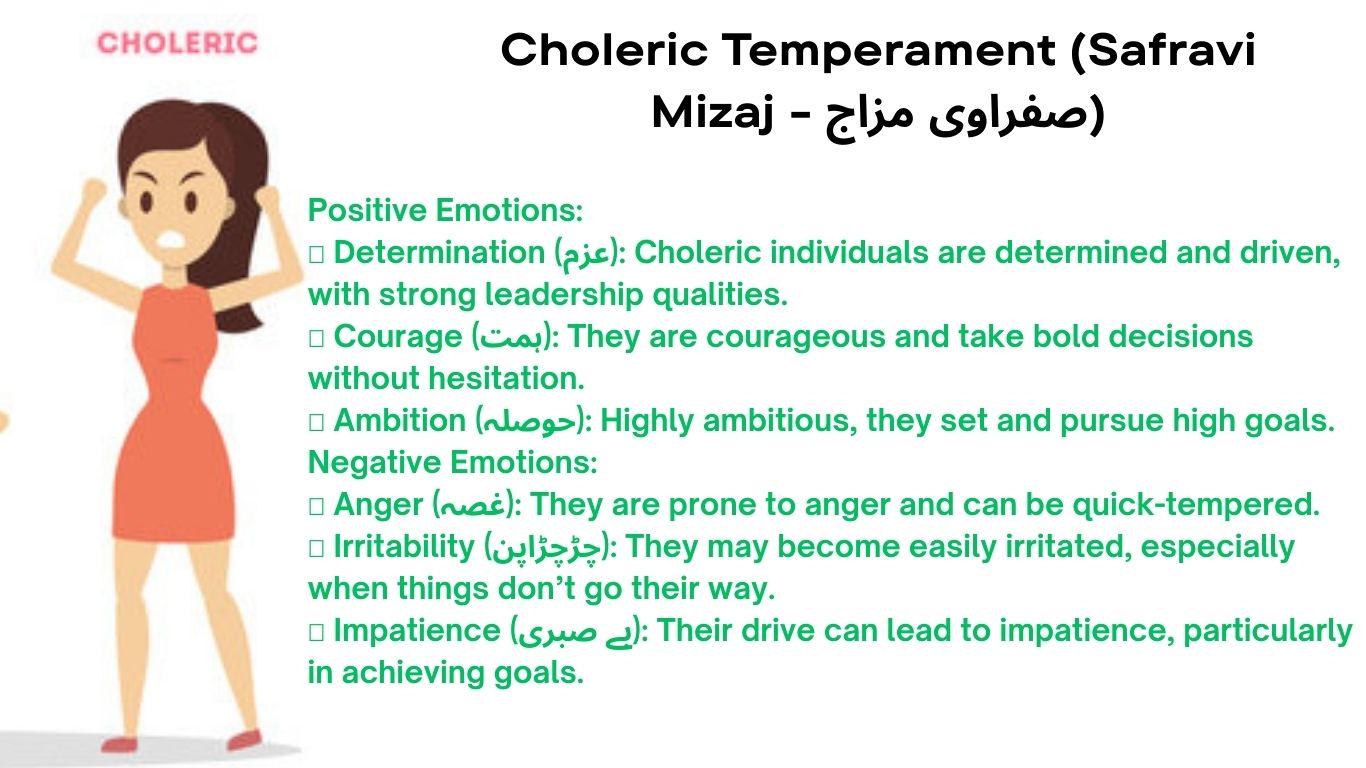IDENTIFICATION OF MIJAZ
(TEMPERAMENT )
The Mizaj of a person is usually a unique combination of these qualities, and it plays a vital role in diagnosis, treatment, diet, and lifestyle recommendations.

Introduction on Mizaj (Temperament):
Mizaj is an essential concept in traditional systems of medicine, especially Unani and Ayurveda, which refer to the unique temperament or constitution of an individual. It is derived from the Arabic word “مزاج” which means “mixture” or “blend,” reflecting the belief that health and disease result from the balance or imbalance of basic bodily elements and qualities.
According to the Unani system, Mizaj is formed by the interaction of four basic elements—Earth, Water, Air, and Fire—each associated with specific qualities:
– Earth – cold and dry
– Water – cold and moist
– Air – hot and moist
– Fire – hot and dry

These elements combine to form four primary temperaments:
-
Damwi (Sanguine) – hot and moist (air)
-
Safrawi (Choleric) – hot and dry (fire)
-
Balghami (Phlegmatic) – cold and moist (water)
-
Saudawi (Melancholic) – cold and dry (earth)

Every individual has a dominant Mizaj that influences not only their physical characteristics (such as body type, skin texture, and energy levels) but also their psychological traits (like emotions, behaviour, and thinking patterns). Recognizing a person’s Mizaj helps in:
• Personalized treatment and dietary guidance
• Preventive care by avoiding imbalances
• Understanding compatibility in social and emotional relationships
In essence, Mizaj is the foundation of holistic health in traditional medicine, emphasizing balance, individuality, and the interconnectedness of body, mind, and environment.
Here are the 10 parameters used to identify Mizaj (مزاج) in Unani medicine, along with their corresponding terms in Urdu:
1. Body Build and Physique (جسمانی ساخت اور بدن کا حجم)
2. Skin Texture and Color (جلد کی بناوٹ اور رنگ)
3. Body Temperature (جسمانی درجہ حرارت)
4. Pulse Rate and Blood Circulation (نبض کی رفتار اور دوران خون)
5. Appetite and Digestive Function (بھوک اور نظام ہضم)
6. Sleep Patterns (نیند کے انداز)
7. Emotional and Mental State (جذباتی اور ذہنی حالت)
8. Physical Activity and Energy Levels (جسمانی سرگرمی اور توانائی کی سطح)
9. Reaction to Environmental Changes (ماحولیاتی تبدیلیوں پر ردعمل)
10. Excretion Patterns (اخراج کے انداز)
These Urdu terms help describe the key parameters used to identify a person’s temperament in Unani medicine, reflecting the traditional language and understanding within this medical system.
In Unani medicine, temperament (Mizaj) is closely linked to an individual’s emotional and mental state. Each temperament is associated with specific emotional characteristics and responses. Here’s how different emotions correlate with the four main temperaments in Unani medicine:
-
Sanguine Temperament (Damvi Mizaj – دموی مزاج) -
Phlegmatic Temperament (Balghami Mizaj – بلغمی مزاج) -
Choleric Temperament (Safravi Mizaj – صفراوی مزاج) -
Melancholic Temperament (Saudavi Mizaj – سوداوی مزاج)




• Sanguine (Damvi) – Look for a predominance of positive, outgoing, and sociable emotions. They are generally optimistic and joyful but may exhibit restlessness and overexcitement.
• Phlegmatic (Balghami) – Calmness, patience, and contentment are key indicators. They may appear indifferent or apathetic in situations requiring emotional investment.
• Choleric (Safravi) – Determination, courage, and ambition are strong indicators, often accompanied by quick temper, anger, and irritability.
• Melancholic (Saudavi) – Thoughtfulness, seriousness, and a tendency towards sadness or anxiety mark this temperament. Creativity often flourishes in melancholic individuals, but they are at risk of depression.
These emotional characteristics provide insight into the dominant temperament of an individual in Unani medicine, guiding practitioners in tailoring treatments to restore balance.